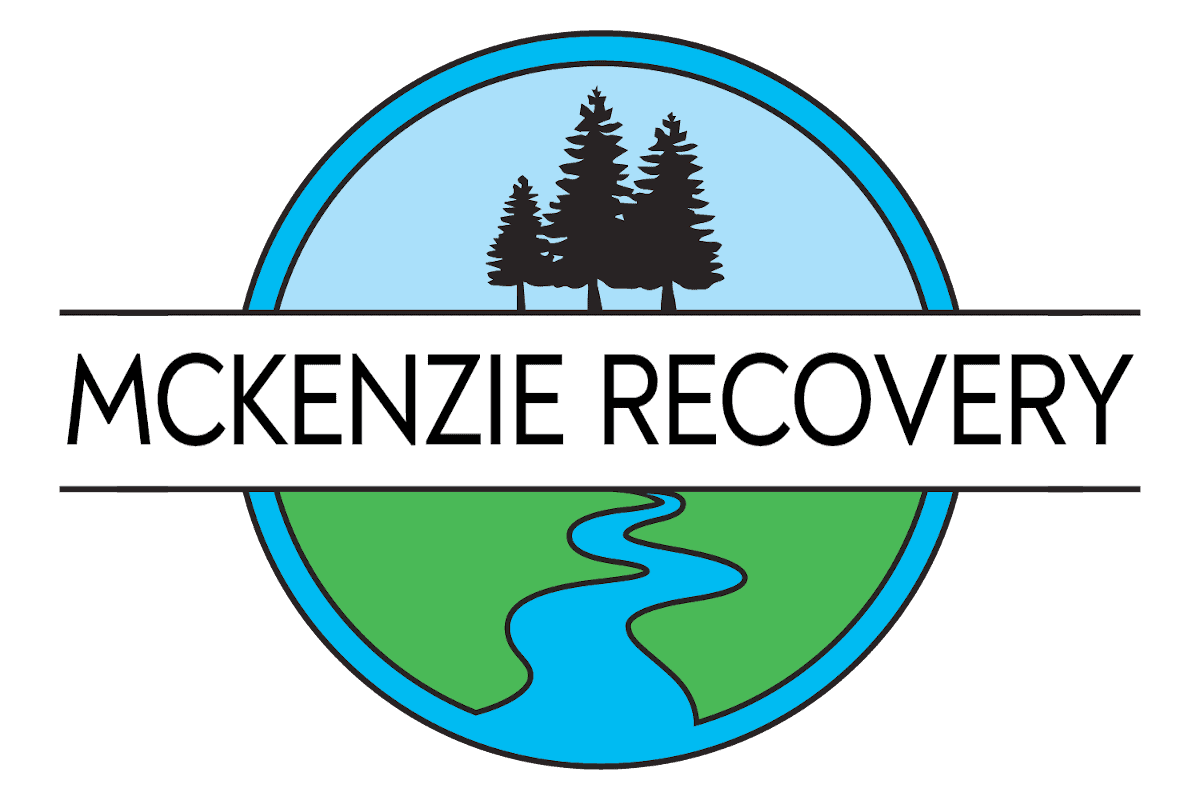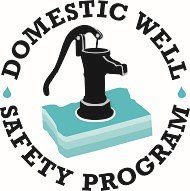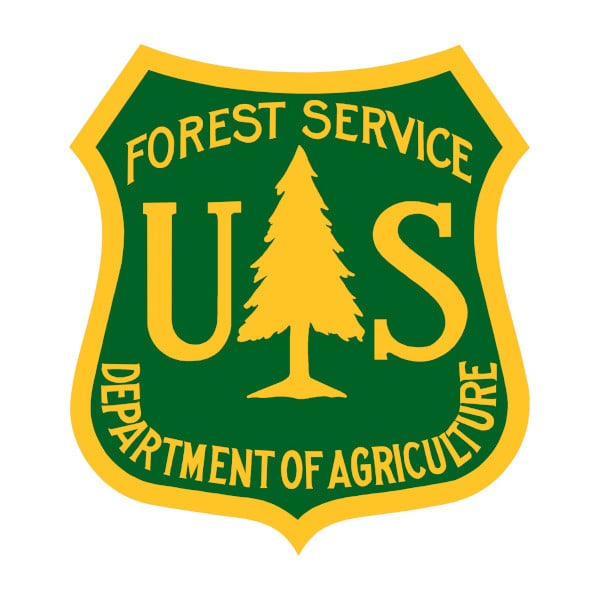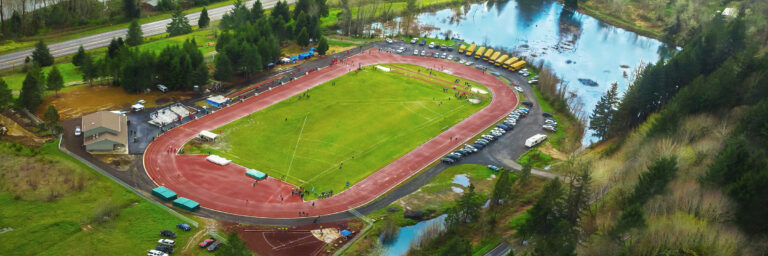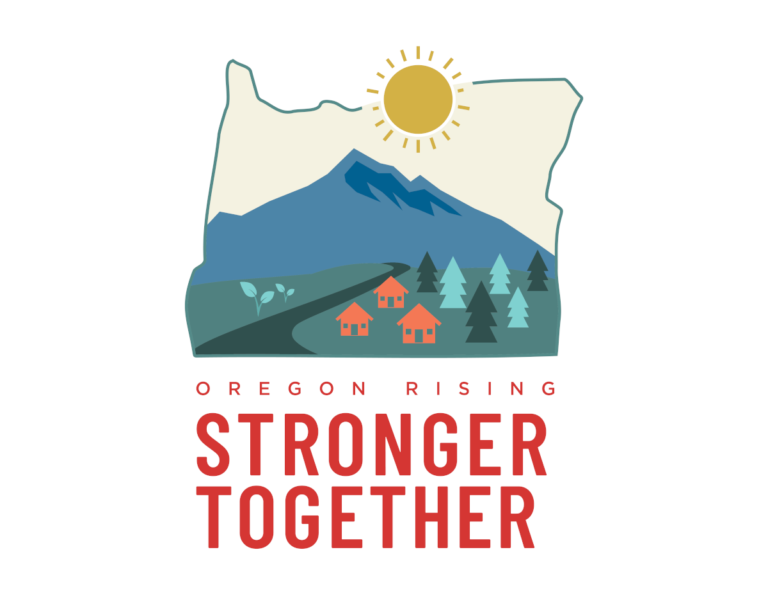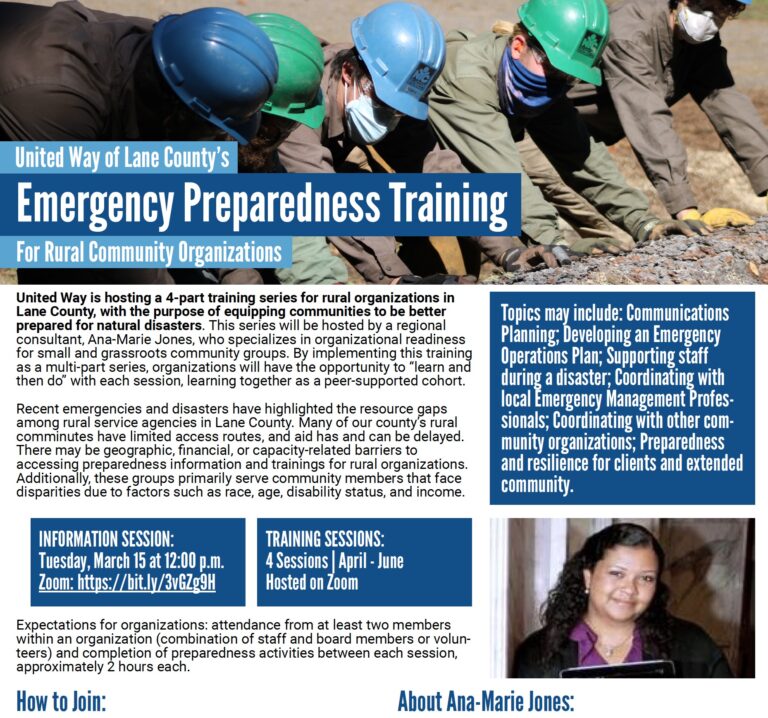Hazard Tree Removal Update
The State’s Debris Management Task Force published an article earlier this month to share more information about how the hazard tree marking and removal process works.
- Distinct, separate duties between those marking the trees and those who remove them helps ensure accountability and quality. The arborist/forester assessment and evaluation process happen separately from the tree cutting and removal process. Arborists and foresters are paid hourly to ensure that they focus on performing a thorough evaluation process. Then, independent tree management companies cut and remove trees as a separate operation. Each team has separate contracts and arborists and foresters are not incentivized to mark any unnecessary trees. In fact, removing non-hazard trees can carry a fine.
- Fallen and removed trees are used in a variety of ways. Because this work has not generated any revenue thus far, the Task Force is finding ways to work with local communities and give back where possible. Removed trees are ultimately owned by the landowner or land manager where they were located, so once trees are cut, they work to find ways to put them to use. Some trees are left as habitat trees as other local, state and federal agencies plan for restoration and reforestation efforts. Other logs are chipped and placed on the ground for erosion control. Others may be donated to local watershed and conservation groups for stream enhancement projects and other conservation projects. Still others are stacked in staging areas to determine future use by the landowners.
- And the good news: As work has evolved and progressed, crews have a much better view of the landscape three months into operations. As a result of this, the total number of estimated hazard trees will likely be fewer than originally anticipated.
Read the full article online here.
The video below was filmed along Highway 224 in the Riverside Fire area, but the same principles apply to our fire area.
